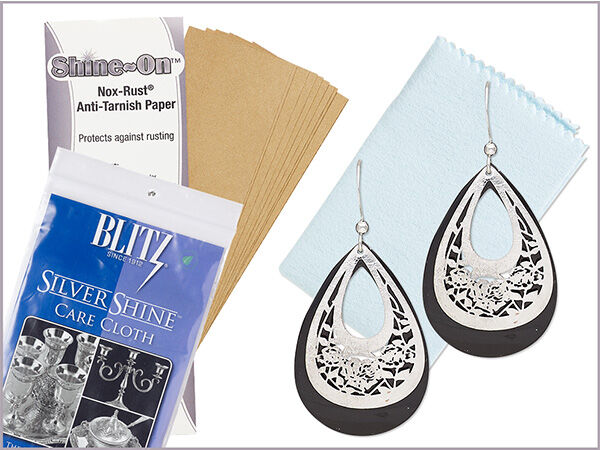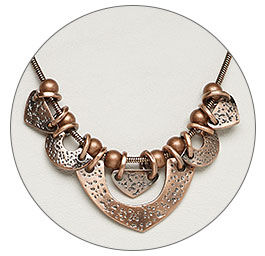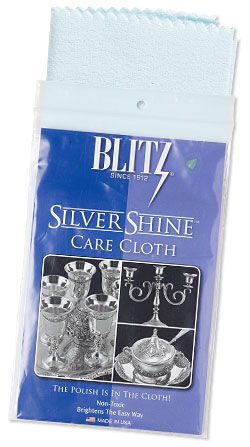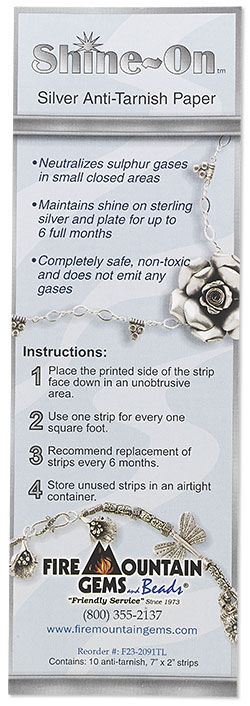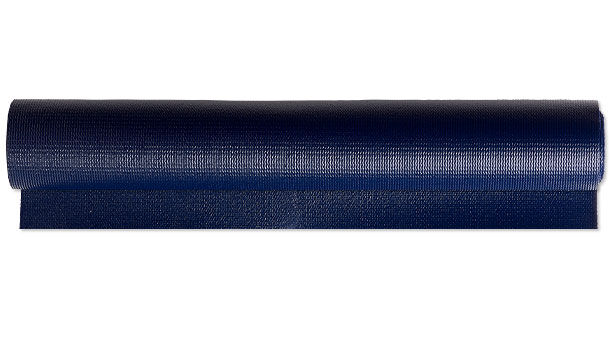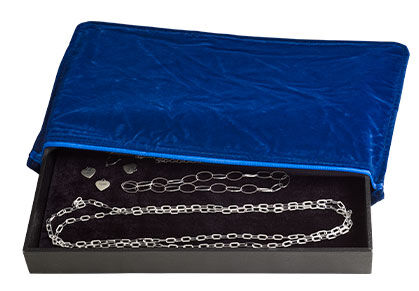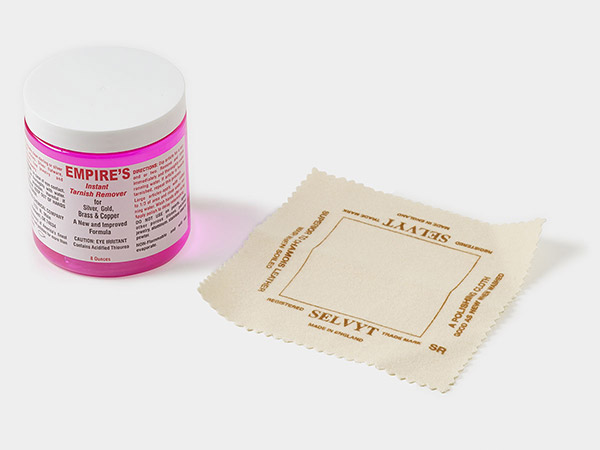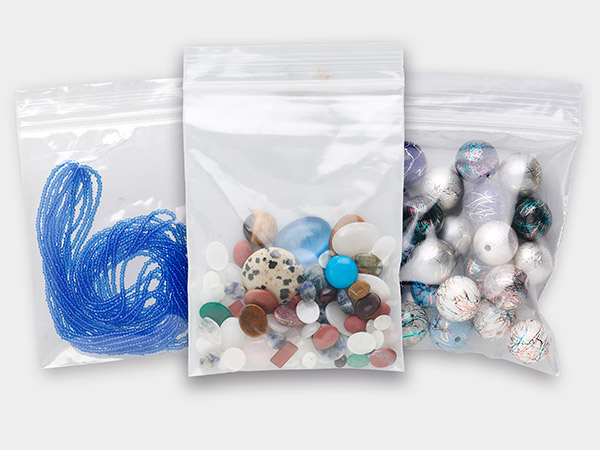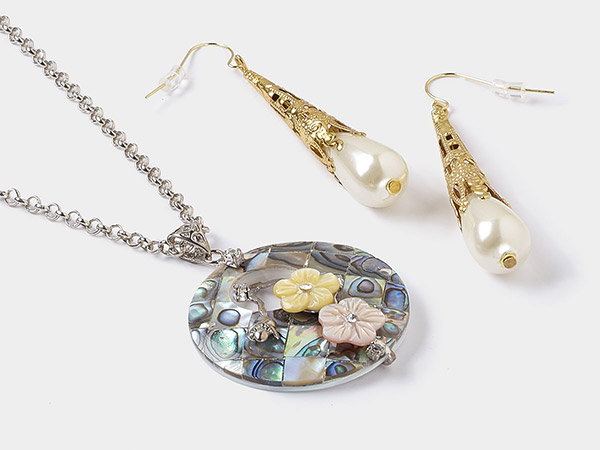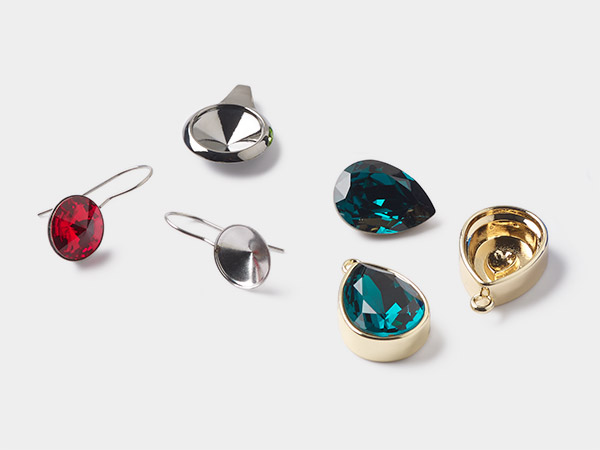How To Care For Plated Jewelry
You can extend the beauty of your silver- and gold-plated jewelry by following the best cleaning and care practices. This article will guide you through the steps and help you protect your plated jewelry.

Jewelry components are plated or finished by beginning with a base metal*, typically steel, brass or "pewter" (zinc alloy). The metal is submerged in an electroplating bath for a sufficient duration to thoroughly coat the item with the chosen finish, usually gold or silver. If you plan to wear your jewelry piece all the time, including during activities like swimming and sleeping, it is advisable to choose pieces made of precious metal rather than plating. Precious metal jewelry can be easily maintained through touch-ups and polishing, due to its exceptional durability and longevity.
Clean Correctly
How frequently should you clean your plated jewelry? In general, the more you wear it, the more frequent cleaning it requires. It's important to note that the extent of plating wear varies among different types of jewelry pieces. Items like rings or bracelets, subjected to frequent friction and contact with various surfaces, may demand more attention compared to necklaces and earrings, which experience less direct contact.
Merely wearing your jewelry exposes it to the effects of moisture, cleaning products, oils, perfumes, nail polish, hairspray and sweat, along with oxidation from the ambient air. These factors collectively contribute to the deterioration of the plating.
To clean gold-plated jewelry, use a small portion of a damp cloth to delicately remove dust, dirt and other residues, followed by drying with a clean towel. For silver-plated jewelry, utilize a Blitz® Sterling Silver shine cloth. As a precaution with any cleaning method, conduct a test on a small, inconspicuous section of plated jewelry, preferably an area that is not typically visible.
Avoid Abrasives and Harsh Cleansers
The delicate surface layer of gold or silver in plated jewelry is prone to abrasion, especially when exposed to harsh substances like corrosive jewelry cleaners and tarnish removers. Refrain from using polishing cloths that contain rouge for cleaning plated jewelry, as they can swiftly erode the plating.
Last On/First Off
Remember the rule: last on/first off. Jewelry should be the last thing you put on after makeup and other accessories, and it should be the first thing you take off.
Refrain from wearing your jewelry during activities such as showering, swimming and exercising. Additionally, take precautions to shield your jewelry from exposure to chemicals found in lotions, perfumes, oil blends, spritz and hairspray.
Store Properly
Store plated jewelry pieces and components in an airtight container, Zerust® pouch or a zip-top plastic bag. Introduce an anti-tarnish paper, such as Shine-On™, to counteract sulfur gas and decelerate the oxidation process. When showcasing your jewelry in a display case, consider lining it with a Zerust® anti-tarnish jewelry case liner or including a Zerust® anti-tarnish vapor capsule, which prevents tarnish within a 2-foot radius.
*The use of a base material like steel, stainless steel, brass or aluminum can add a subtle undertone to the color, resulting in variations such as a red tint, a greenish tint or a white-yellow shade. Achieving uniformity in the color of plated metals proves challenging, if not nearly impossible, across different product lines, countries, vendors and over varying periods of use.
Have a question regarding this project? Email Customer Service.
Copyright Permissions
All works of authorship (articles, videos, tutorials and other creative works) are from the Fire Mountain Gems and Beads® Collection, and permission to copy is granted for non-commercial educational purposes only. All other reproduction requires written permission. For more information, please email copyrightpermission@firemtn.com.
